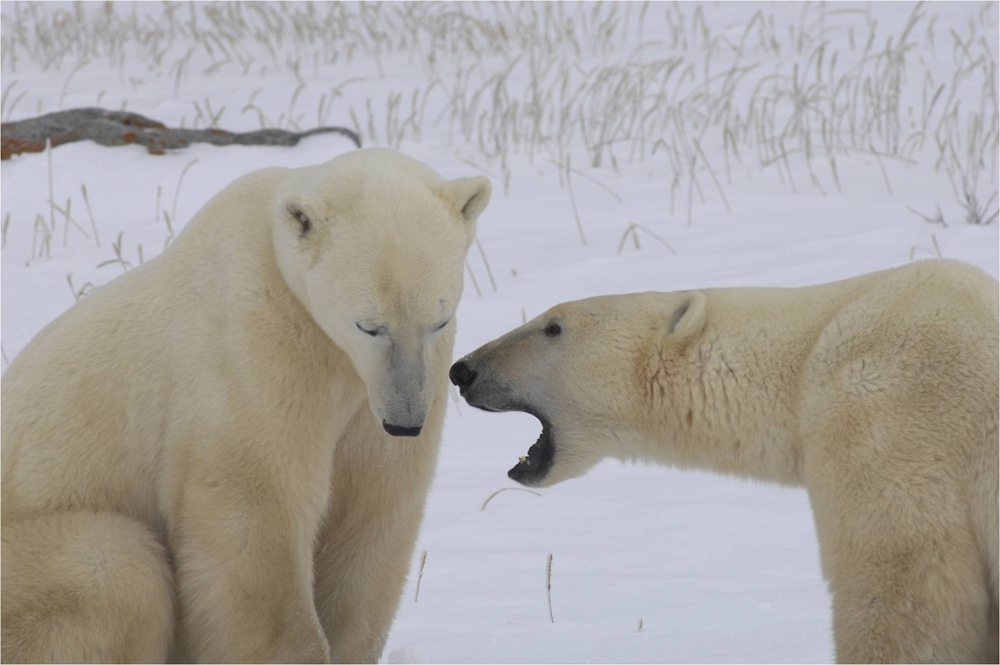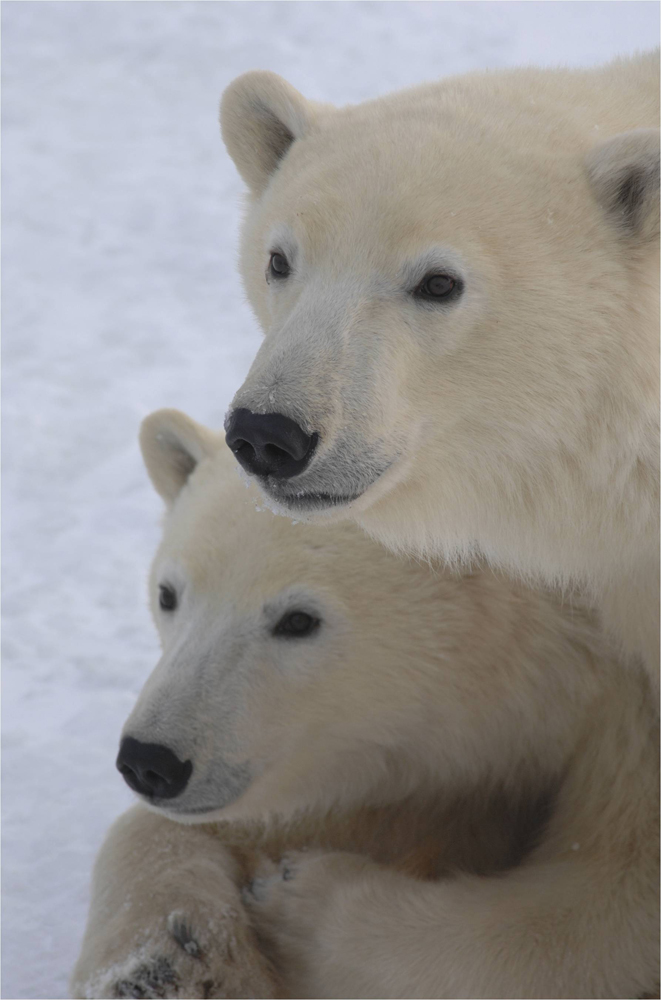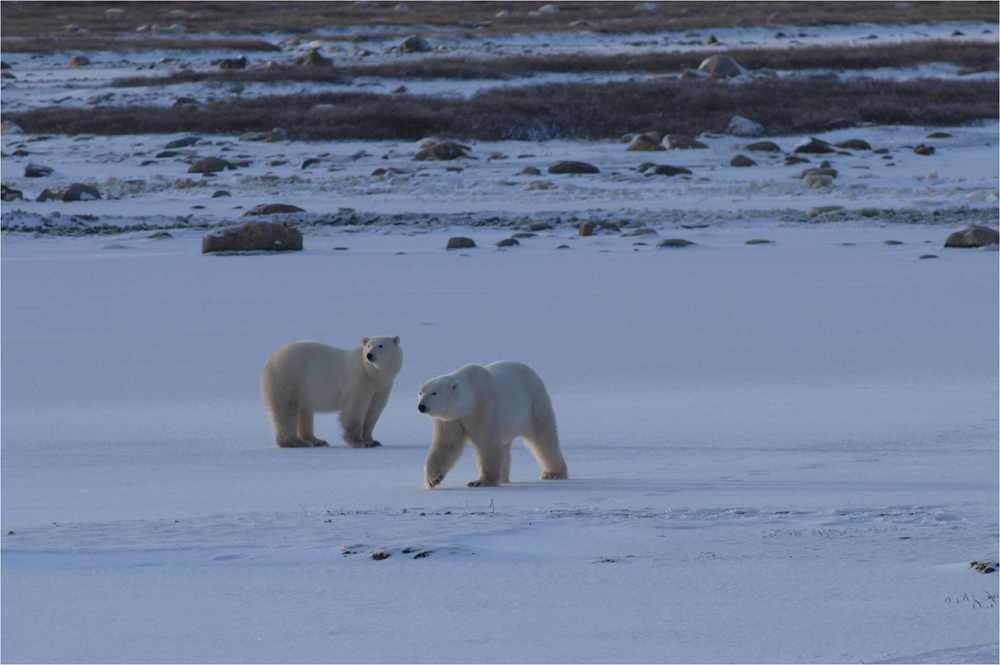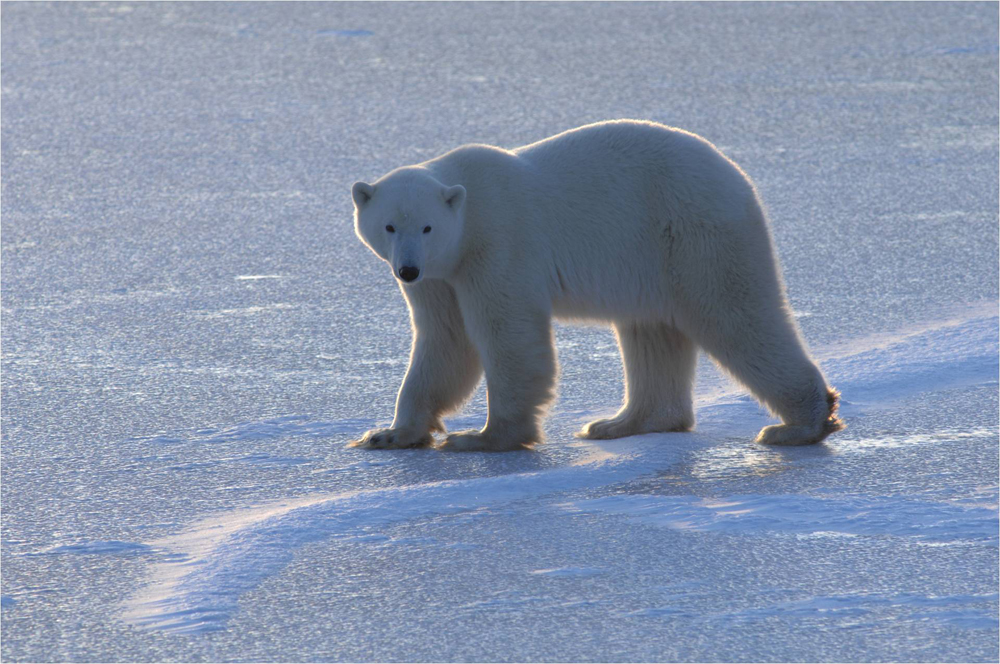Plight of the Polar Bear gets high-level attention
The range states of the Polar Bear – Canada, Denmark, Norway, Russia and the United States – today signed a landmark declaration that will strengthen measures to conserve this iconic animal which is classified as Vulnerable on the IUCN Red List of Threatened Species™.
Polar Bears are a huge part of the folklore and identity of the Arctic region, particularly for indigenous peoples who have co-existed with them for thousands of years and whose livelihoods are inextricably linked with them. They are also a critical part of the ecology of the region, with many important relationships with other species.
But they are under increasing pressure. Traditional threats to polar bears such as pollution and unsustainable development now pale in comparison with the threat of climate change and related increase in human activities in the Arctic.
How to secure a future for the species is being discussed by Government and NGO representatives meeting 4-6 December in Moscow at the International Forum on Conservation of Polar Bears, Jubilee Meeting of the Parties to the 1973 Agreement on the Conservation of Polar Bears.
The 1973 agreement is the action plan of the range states for researching, managing and conserving polar bears throughout their territory.
IUCN plays a special role in the agreement – its Polar Bear Specialist Group, part of the IUCN Species Survival Commission, provides scientific and technical advice to the range states for the agreement and has supported its operation since the inception of the group in 1968.
Poul Engberg-Pedersen, Deputy Director General of IUCN, gave an opening speech at the conference and Dag Vongraven, Chair of the Polar Bear Specialist Group, and Steven Amstrup, member of the Specialist Group, are serving as technical advisors to the proceedings. They presented a series of updates to the meeting, including current status and threats to the 19 subpopulations of Polar Bears throughout the Arctic, a monitoring framework for polar bear conservation and discussion of upcoming research priorities.
The declaration outlines key steps for implementing the 1973 Agreement on the Conservation of Polar Bears, through such actions as completing the development of a Circumpolar Action Plan on polar bears by 2015; identifying and conserving sufficient polar bear habitat; fully implementing polar bear monitoring programmes and updating the range-wide status and population trends of polar bears. The latter is directed towards the IUCN SSC Polar Bear Specialist Group, which already undertakes this work; an updated global IUCN Red List assessment of the species will be undertaken by IUCN and the Polar Bear Specialist Group in 2015.
For more information contact:
Dena Cator, IUCN Species Programme dena.cator@iucn.org








